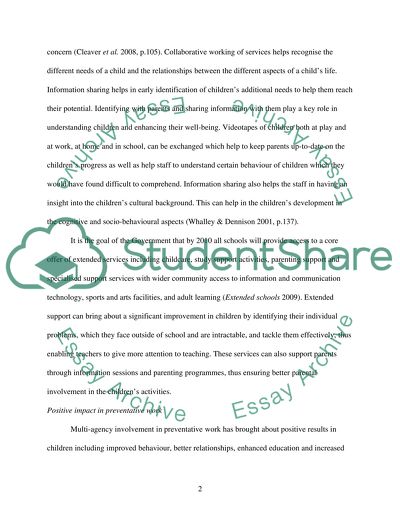Cite this document
(“Role, Significance and Impact of Multi-Agency Working in Childcare Essay”, n.d.)
Retrieved from https://studentshare.org/miscellaneous/1520695-role-significance-and-impact-of-multi-agency-working-in-childcare
Retrieved from https://studentshare.org/miscellaneous/1520695-role-significance-and-impact-of-multi-agency-working-in-childcare
(Role, Significance and Impact of Multi-Agency Working in Childcare Essay)
https://studentshare.org/miscellaneous/1520695-role-significance-and-impact-of-multi-agency-working-in-childcare.
https://studentshare.org/miscellaneous/1520695-role-significance-and-impact-of-multi-agency-working-in-childcare.
“Role, Significance and Impact of Multi-Agency Working in Childcare Essay”, n.d. https://studentshare.org/miscellaneous/1520695-role-significance-and-impact-of-multi-agency-working-in-childcare.


